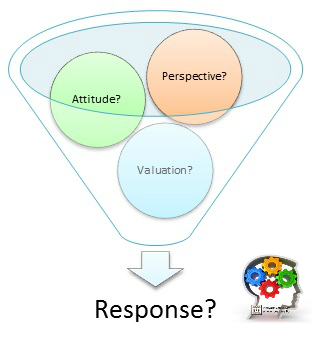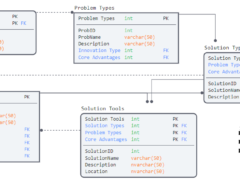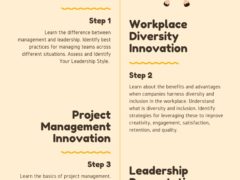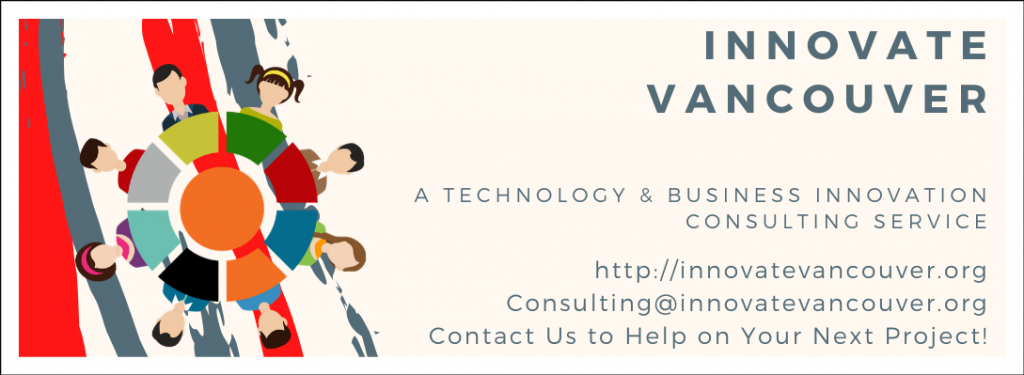Effective execution of cross systems planning initiatives requires an ability to leverage unanticipated opportunities. It also requires the ability to thoughtfully respond to, and navigate through, the complex terrain that makes up most corporate and human systems. The facilitator’s ability to constructively engage divergent priorities, assumptions, and expectations is crucial if the project committee’s goals are to increase knowledge, strengthen capacity, and leverage existing cross system resources.
 The quality of cross systems planning is greatly influenced by human dynamics. As the project timeline lengthens, and the visibility of deliverables and impact of the team’s efforts are obscured, the influence of human dynamics on the alignment and coherence of future efforts is increased. The facilitator’s ability to evaluate, identify, and implement individually tailored strategies in the moment is crucial. Without this agile skill set the facilitator is more likely to switch to a follower role, emphasizing crisis and expectations management.
The quality of cross systems planning is greatly influenced by human dynamics. As the project timeline lengthens, and the visibility of deliverables and impact of the team’s efforts are obscured, the influence of human dynamics on the alignment and coherence of future efforts is increased. The facilitator’s ability to evaluate, identify, and implement individually tailored strategies in the moment is crucial. Without this agile skill set the facilitator is more likely to switch to a follower role, emphasizing crisis and expectations management.
As project complexity increases the ability for individual participants to maintain sight of the larger vision and whole will often decrease. The facilitator of the cross systems planning must be able to manage the multiple roles of project historian, executive coach, and motivational change agent to align the often divergent patterns unfolding throughout the consultative process. The six-component model shown on the left identifies just a few of the factors (or vectors) that will impact the consultative process. Managing and influencing these is more complex than just focusing on the six vectors as these are interactive and iterative in their contributions to the processes that unfold.
(click on image to enlarge)
Each of the cross systems planning vectors has decision points that split out into extra vectors. Understanding these patterns can support the facilitator’s ability to anticipate reactions to provocative questions, competing propositions, and the inevitable ‘white noise’ that occurs as participants attempt to filter, categories, and process complex information. As the cross systems planning effort moves across the multiple decision points of the project the facilitator’s role remain crucial to support the participant’s momentum. As viewpoint diverge the effort’s comprehension of the whole deteriorates.
Additional cross system planning vectors can be added to this model, depending on the construct evaluated and industry in which the model is applied:
- Leadership
- Quality
- Vision,
- Etc.
Reintegrating viewpoints through synergistic and consultative processes helps participants to understand the  interconnections between all the components discussed. As the relationships between the components are established a larger and more complex understanding of the whole is realized. Without this larger understanding the cross systems planning effort will be unsuccessful with artificial distinctions, socially constructed lines of separation, and artificial contradictions prevailing.
interconnections between all the components discussed. As the relationships between the components are established a larger and more complex understanding of the whole is realized. Without this larger understanding the cross systems planning effort will be unsuccessful with artificial distinctions, socially constructed lines of separation, and artificial contradictions prevailing.
Differences of opinion are not only healthy but also essential to building stronger communities. Working together has the ability to generate synergistic outcomes that build upon the sum total of its parts. Attitude, perspective, and valuation drive our response to information but this does not need to be deterministic. The lessons available to each of us are strengthened when we work together. The vision remains simple but how we get there takes courage and finesse.
How is your team facilitating complex discussions in the pursuit of synergistic outcomes? Share your comments below.
Travis Barker, MPA GCPM
Innovate Vancouver
http://twitter.com/innovatevan
Innovate Vancouver is a business development & consulting service and technology startup located in Vancouver, BC. Contact Innovate Vancouver to help with your new project. Innovate Vancouver also gives back to the community through business consulting services. Contact us for more details.





